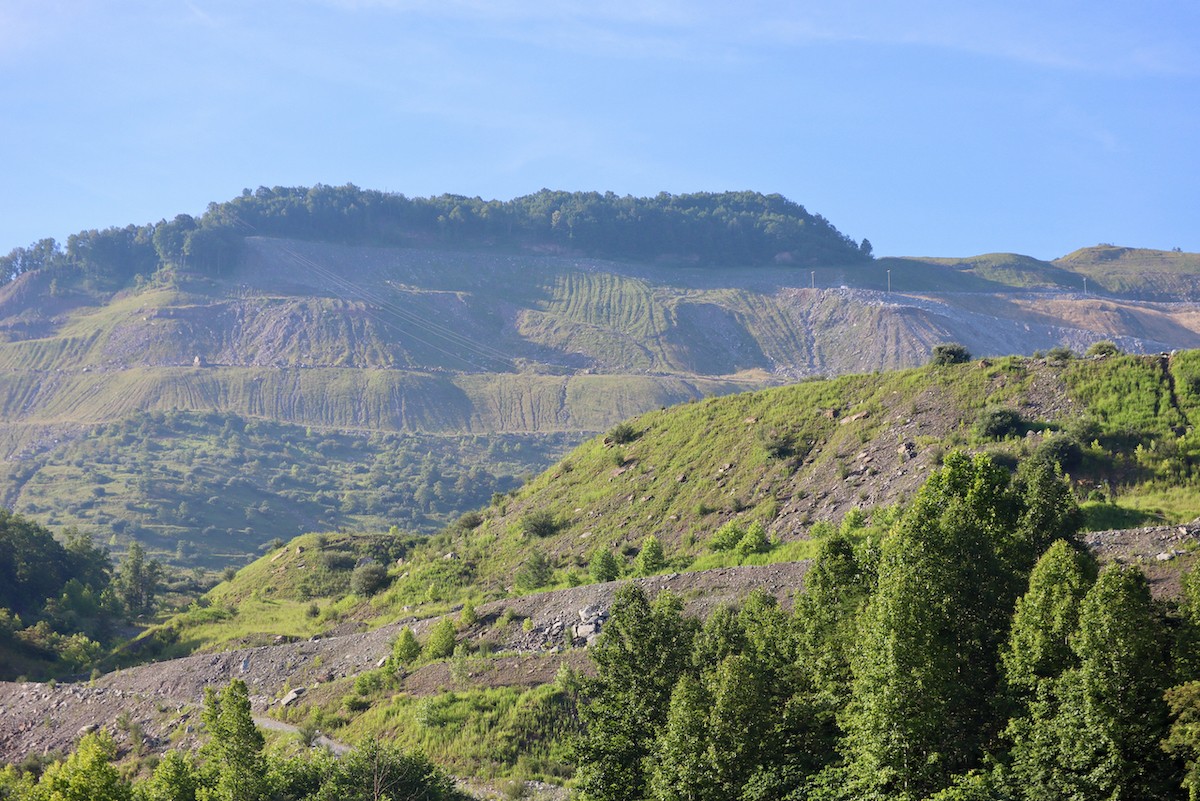This story was originally published by Public News Service.
The impact of abandoned mine land on flood risk is receiving new scrutiny after devastating floods in the eastern part of the state left 40 people dead.
Mary Cromer, deputy director of the Appalachian Citizens Law Center in Whitesburg, said while research is ongoing and no definitive link has been found, it is likely more than 100 years of coal mining in eastern Kentucky has destabilized the region's land and led to more harm from the floods.
Cromer explained coal seams within a single piece of land have often been mined multiple times.
"The degraded-lands issue is often very layered," Cromer pointed out. "You often have impacts from one mine, and then they'll be another mine, and then another mine, and another mine, so you have those kinds of compounding impacts that occur."
Poor soils and loss of vegetation on former mine lands likely make the impacts of flooding worse. According to a recent report from the National Wildlife Federation, one 2019 analysis found heavily strip-mined areas of the Ohio River Basin were also the most threatened by extreme weather due to climate change.
Cromer believes in order to improve land stability and reduce future impacts from natural disasters, coal communities need large-scale cleanup. She added advocates are calling for comprehensive reclamation going beyond compacting land and growing grass.
"We're really hoping there's going to be a lot more focus on really trying to look at the ecological value and look at replanting with native hardwoods," Cromer explained.
Jessica Arriens, program manager for climate energy policy at the National Wildlife Federation and the report's co-author, said the bipartisan infrastructure law passed last year contains $21 billion for cleaning up abandoned mines and other types of degraded lands nationwide.
"We're really at this moment where there's a ton of investment in this," Arriens emphasized. "And that's also why we wanted to make sure we're getting these recommendations around policymakers. It's wonderful that the disinvestment level of investment is there; let's make sure it's also working for climate."
According to data from the Federation, reforesting just 25% of abandoned mine lands could potentially trap around 232 metric tons of carbon each year.
Disclosure: The National Wildlife Federation contributes to our fund for reporting on Climate Change/Air Quality, Endangered Species & Wildlife, Energy Policy, and Water. If you would like to help support news in the public interest, click here.
References:
Keep Louisville interesting and support LEO Weekly by subscribing to our newsletter here. In return, you’ll receive news with an edge and the latest on where to eat, drink and hang out in Derby City.






